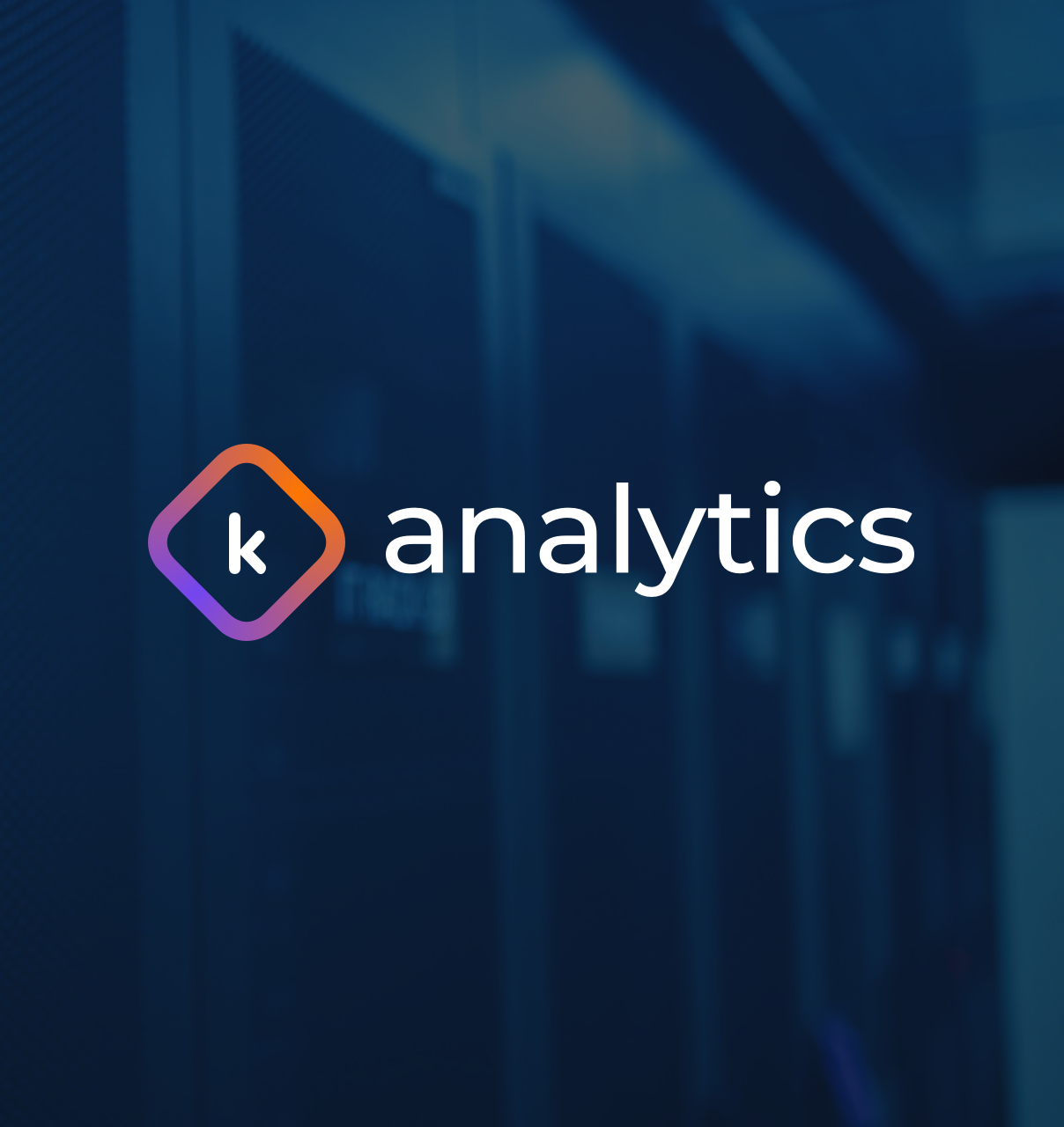
Whether you are wanting to know what was added to that legacy Cobol system back in the 90s, or looking for advanced techniques to better manage your ongoing C# development project, K.Analytics is the software intelligence platform of choice.
For development teams, managers and executives, K.Analytics delivers key information regarding source code modules and team members, from design documentation to dependencies, duplicate code and quality rule violations. Kuscos also provides oversight of team activities, from repository commits to issues resolved. Better still, the same platform does this across more than 16 legacy and modern software languages.
As we pointed out in our earlier post, and according to the Standish Group, over the past 5 years only 29% of software projects could be described as successful (meeting time, budget and functionality goals). Improvements over time have been minimal despite increases in code development efficiencies and design processes.
Therefore, the root cause must lie beyond the code itself and be more related to how modules connect and their interdependencies. So we now identify two problems that need addressing:
1. What information is needed to help understand the dynamics of a software development process, that can be gathered easily, analyzed effectively and lead to the improved management of projects?
2. How can team knowledge and understanding of existing systems be improved such that risks are addressed appropriately, decisions are made effectively and development can become more efficient?
K.Analytics is the solution to both of these situations. We call it a software intelligence platform; just as business intelligence provides the understanding that underpins operational and strategic decisions, so K.Analytics provides the understanding that underpins development decisions. K.Analytics helps you understand your software from design to key metrics to dependencies and on to quality and team involvement.
Examples of how K.Analytics helps build knowledge in systems and processes, and how it is designed to empower all contributors to the development process, helping them to understand more and do better, are provided here:
Dashboard
[x_image type=”thumbnail” float=”none” src=”https://morphis-tech.com/blog/wp-content/uploads/2016/06/Dashboard.png” info=”none” info_place=”top” info_trigger=”hover”]
Asset Details
Simply by selecting any given asset within a visualization you can go straight to the details page for that particular artefact.
[x_image type=”thumbnail” float=”none” src=”https://morphis-tech.com/blog/wp-content/uploads/2016/06/Asset-Details.png” info=”none” info_place=”top” info_trigger=”hover”]
Dependencies
Dependency visualizations, typically graphs, are available for all sets of artefacts.
[x_image type=”thumbnail” float=”none” src=”https://morphis-tech.com/blog/wp-content/uploads/2016/06/Dependencies.png” info=”none” info_place=”top” info_trigger=”hover”]
Certification
Certification refers to the comparison of source code against a set of coding rules – code is “certified” when it satisfies all rules in a given test.
[x_image type=”thumbnail” float=”none” src=”https://morphis-tech.com/blog/wp-content/uploads/2016/06/Certification.png” info=”none” info_place=”top” info_trigger=”hover”]
Documentation
K.Analytics is able to automatically re-document software systems, generating design (UML) diagrams including class and sequence forms.
Metrics
K.Analytics’ analysis process generates a wealth of different metrics to support managers and engineers in understanding their code. For example, within K.Analytics you can define criteria that defines a “critical” module. Such criteria may include: high level of complexity, high number of dependencies, deep call tree levels and a high number of user commits over time. Having identified a set of critical modules, managers are now aware that changes to such modules must be done more carefully than others due to the impact they will have on other modules.
[x_image type=”thumbnail” float=”none” src=”https://morphis-tech.com/blog/wp-content/uploads/2016/06/More-Metrics.png” info=”none” info_place=”top” info_trigger=”hover”]
[x_image type=”thumbnail” float=”none” src=”https://morphis-tech.com/blog/wp-content/uploads/2016/06/Yet-More-Metrics.png” info=”none” info_place=”top” info_trigger=”hover”]
Code Management
The purpose of the code management perspective is to give a clear picture of how software has evolved over time, applying comparisons between metrics gained from different snapshots and commits in order to identify those modules which have changed the most and those developers who are involved.
People
The people perspective is especially useful for managers to see how their development team has been deployed and how they are performing. Integrations with such systems as JIRA also enable managers to look at issue tracking alongside current development.
[x_image type=”thumbnail” float=”none” src=”https://morphis-tech.com/blog/wp-content/uploads/2016/06/Visualized-Metrics.png” info=”none” info_place=”top” info_trigger=”hover”]
[x_image type=”thumbnail” float=”none” src=”https://morphis-tech.com/blog/wp-content/uploads/2016/06/Team-Reporting.png” info=”none” info_place=”top” info_trigger=”hover”]
K.Analytics exists as a platform of tools to deliver software intelligence: metrics, certification, design recovery, re-documentation and team performance in order to help you understand more of the system and make better decisions about how to carry out modifications and developments.
Download the full white paper here (no sign-up required) [x_button shape=”rounded” size=”mini” float=”none” href=”https://www.dropbox.com/s/38hph2tfemcn9db/Kuscos_WhitePaper.pdf?dl=0″ info=”none” info_place=”top” info_trigger=”hover”]Download PDF[/x_button]


Leave a Reply